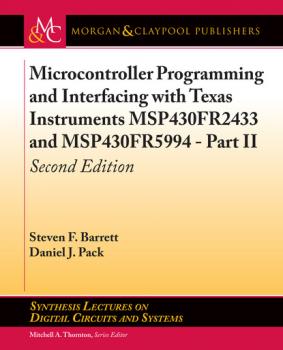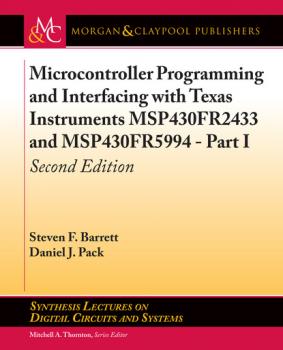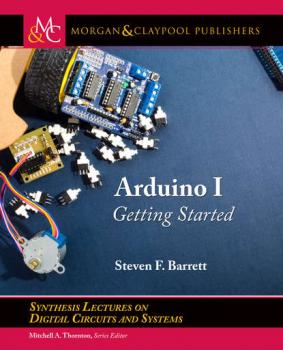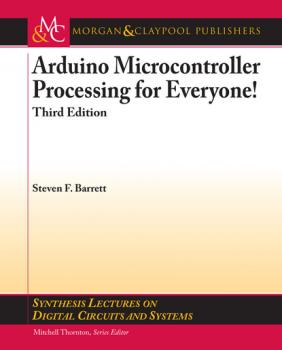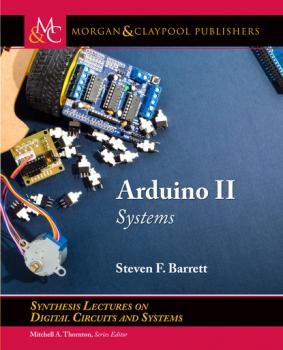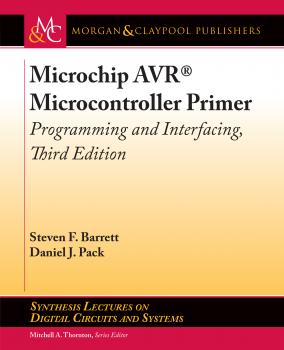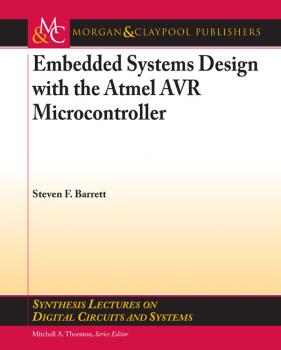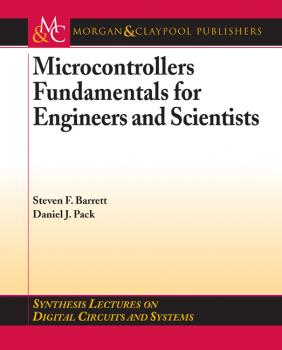Steven F. Barrett
Список книг автора Steven F. BarrettA Little Book on Teaching
It is often a challenging and overwhelming transition to go from being a student to being a teacher. Many new faculty members of engineering and science have to make this dramatic transition in a very short time. In the same closing months of your Ph.D. program you are trying to complete your research, finish and defend your dissertation, find a job, move to a new location, and start a new job as a faculty member. If you are lucky, you've had the opportunity to serve as a teaching assistant and possibly have taught a university-level course. If you have served as a research assistant, your teaching opportunities may have been limited. Somehow, in this quick transition from student to teacher, one is supposed to become a good teacher and be ready for the first day of school.
This book is intended as a basic primer on college-level teaching and learning for a new faculty member of engineering and applied science. New faculty members in other disciplines will find much of the information applicable to their area of expertise as well. First and foremost, this book is about learning and teaching. However, it also provides helpful information on related topics such as mentorship, student challenges, graduate students, tenure, and promotion and accreditation.
This book is also intended as a reference for seasoned professionals. It is a good reference for those mentoring the next generation of college educators.
Table of Contents: List of Figures / What makes a Great Teacher? / A little learning theory / Preparation for the first day of classes / Assessment / Beyond the first day
Arduino Microcontroller Processing for Everyone!
This book is about the Arduino microcontroller and the Arduino concept. The visionary Arduino team of Massimo Banzi, David Cuartielles, Tom Igoe, Gianluca Martino, and David Mellis launched a new innovation in microcontroller hardware in 2005, the concept of open source hardware. Their approach was to openly share details of microcontroller-based hardware design platforms to stimulate the sharing of ideas and promote innovation. This concept has been popular in the software world for many years. This book is intended for a wide variety of audiences including students of the fine arts, middle and senior high school students, engineering design students, and practicing scientists and engineers. To meet this wide audience, the book has been divided into sections to satisfy the need of each reader.
The book contains many software and hardware examples to assist the reader in developing a wide variety of systems. The book covers two different Arduino products: the Arduino UNO R3 equipped with the Atmel ATmega328 and the Arduino Mega 2560 equipped with the Atmel ATmega2560. The third edition has been updated with the latest on these two processing boards, changes to the Arduino Development Environment and multiple extended examples.
Table of Contents: Preface / Getting Started / Programming / Embedded Systems Design / Atmel AVR Operating Parameters and Interfacing / Analog to Digital Conversion (ADC) / Interrupt Subsystem / Timing Subsystem / Serial Communication Subsystem / Extended Examples
